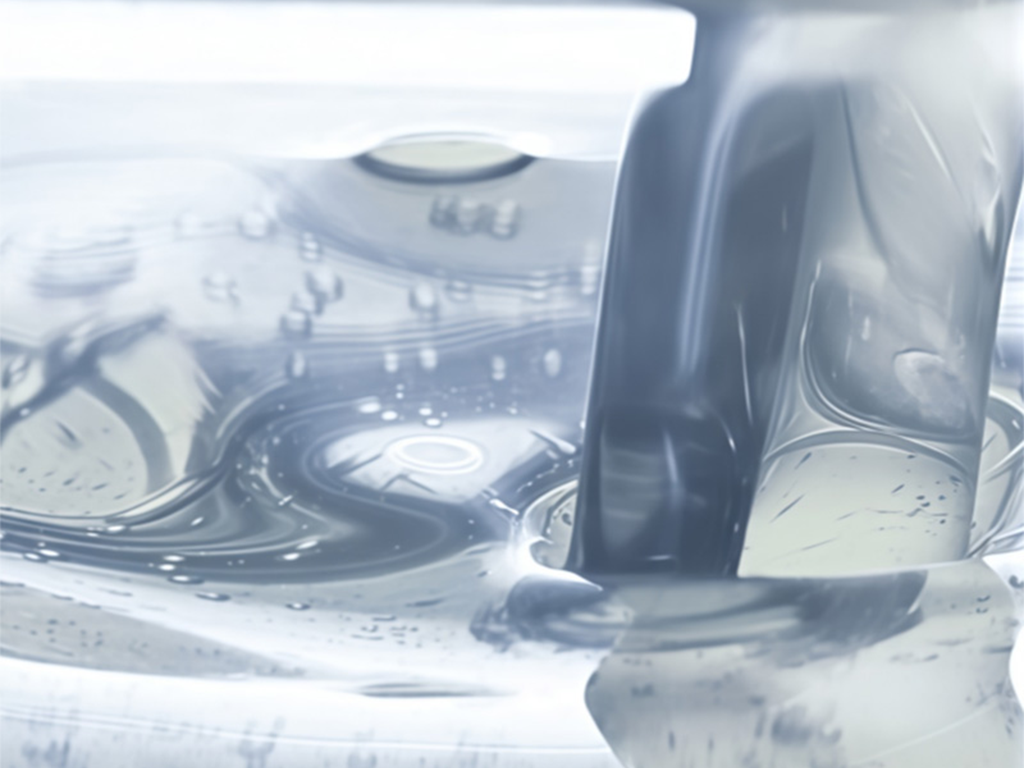Los alternativos al polímero acrílico son materiales diversos que desempeñan funciones similares en aplicaciones como adhesivos, recubrimientos y embalaje, ofreciendo opciones para reducción de costos, mayor rendimiento o una sostenibilidad mejorada. Los polímeros de poliuretano representan una alternativa destacada, valorados por su excelente flexibilidad, resistencia química y adherencia a diversos sustratos, lo que los hace adecuados para recubrimientos de alto rendimiento y adhesivos estructurales donde pueden reemplazar a los polímeros acrílicos en aplicaciones automotrices y de construcción. Las resinas epóxicas ofrecen una resistencia mecánica y térmica superior, utilizándose frecuentemente en recubrimientos industriales y encapsulamiento electrónico como alternativa a los acrilatos cuando se requiere alta durabilidad. Los polímeros de silicona brindan una resistencia excepcional a la temperatura y a las condiciones climáticas, reemplazando a los acrilatos en recubrimientos de alta temperatura o en selladores exteriores. Los polímeros naturales, como los derivados del almidón o de la celulosa, están emergiendo como alternativas sostenibles en embalaje, aprovechando su biodegradabilidad para cumplir con requisitos ecológicos. El caucho estireno-butadieno (SBR) y los polímeros de acetato de vinilo (como el PVAc) son alternativas económicas en adhesivos y recubrimientos, aunque pueden carecer de cierta versatilidad de los acrilatos. Para sistemas a base de agua, el alcohol polivinílico (PVA) y el látex de caucho natural actúan como alternativas en aplicaciones específicas de bajo rendimiento. Cada alternativa tiene sus limitaciones: los poliuretanos pueden ser más costosos, los epóxicos pueden ser frágiles y los polímeros naturales suelen tener menor resistencia al agua. La elección depende de las necesidades de la aplicación, manteniendo los polímeros acrílicos una ventaja en versatilidad, facilidad de formulación y equilibrio de propiedades. Fabricantes como E Plus Chemical Co., Ltd. enfrentan la competencia mejorando el rendimiento de los polímeros acrílicos mediante polimerización catalítica avanzada, asegurando su viabilidad frente a estas alternativas.
